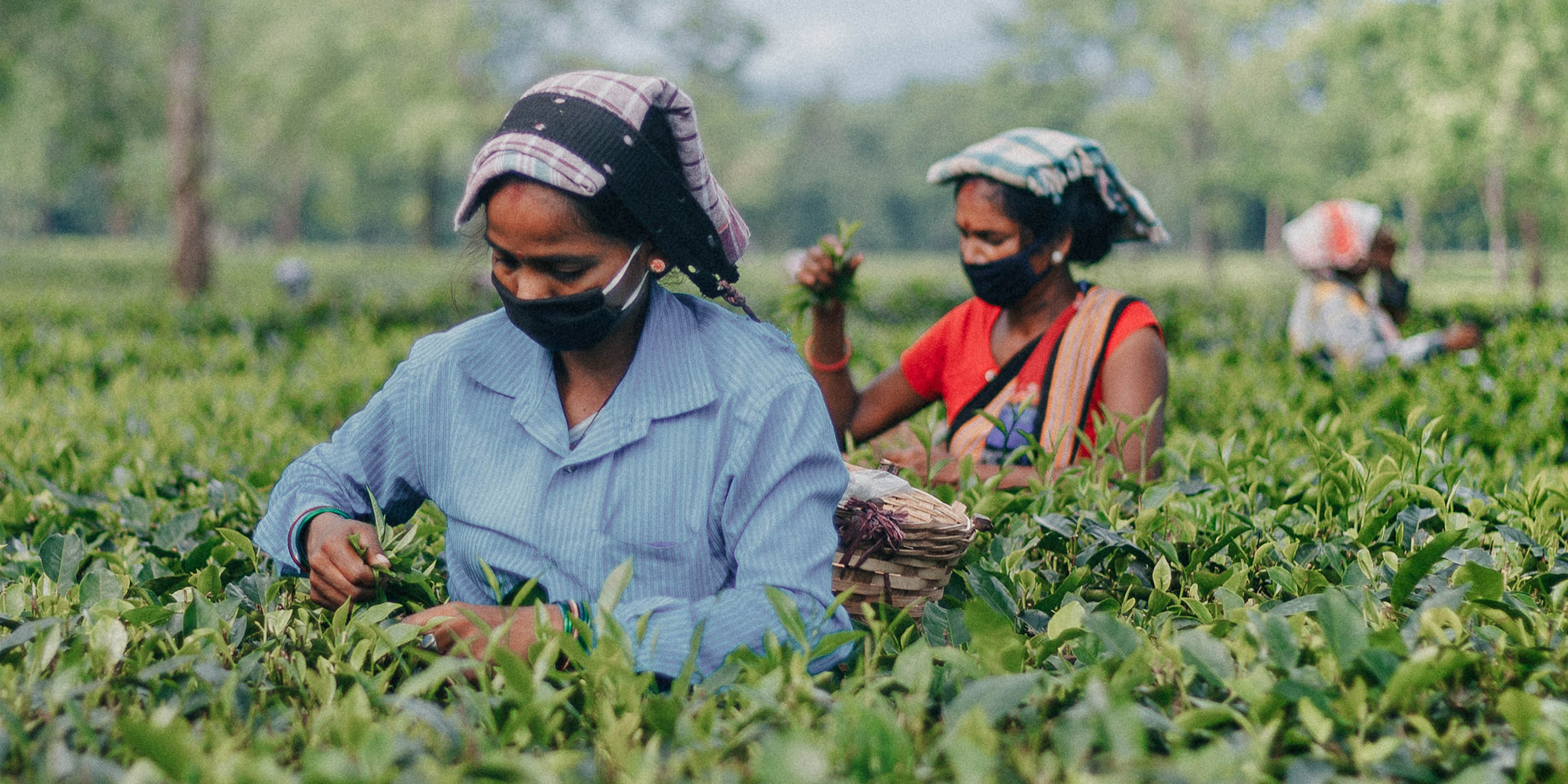
The COVID-19 pandemic has amplified a humanitarian and socioeconomic crisis impacting the conditions for development, and is bringing existing systematic issues to the forefront. One such issue is the scarcity of global food supplies in certain areas and weaknesses in food systems. The number of people suffering from chronic hunger was estimated at well over 800 million before the crisis, and that number could now jump dramatically.
The World Food Programme, the 2020 laureate of the Nobel Peace Prize, has warned that by the end of 2020, an additional 130 million people could face famine, in part due to the COVID-19 pandemic and efforts to contain its spread. Building a sustainable food system is therefore crucial in order to progress towards the UN Sustainable Development Goals.
Problems with the food system existed before the pandemic, with, approximately 11% of the world population in 2017 suffering from hunger. Undernourishment has been increasing since 2014 due to conflict, climate variability and extremes, and is most prevalent in sub-Saharan Africa (where it touches 23.2% of the population), the Caribbean (16.5%) and Southern Asia (14.8%). Climate change is projected to increase agricultural prices and to expose an additional 77 million people to hunger risks by 2050, thereby jeopardizing the UN Sustainable Development Goal to end global hunger.
The COVID-19 pandemic has magnified these issues, calling for urgent action. In order to explore how the world can recover from the crisis sustainably, the International Science Council (ISC) and the International Institute for Applied Systems Analysis (IIASA) have partnered to create a Consultative Science Platform – for consultation, deliberation, and collaboration among scientists, policy-makers, and representatives from civil society.
Food systems not only affect issues related to poverty and food security but are also at the heart of sustainability challenges, including loss of biodiversity, global warming and related climate change impacts. In order to move towards a more resilient food system, diets, land productivity, land use regulation and international trade policies need fundamental reforms.
According to the European Commission, food systems today account for nearly one-third of global GHG emissions, exhaust large number of natural resources, result in biodiversity loss, cause negative health impacts (due to under and over-nutrition) and deprive all actors, especially primary producers, of fair economic returns and livelihoods.
According to Petr Havlik, Acting Program Director of the Ecosystems Services and Management Program at IIASA, there is no silver bullet. Instead, food supply chains need an increase in trade of agricultural goods and a sustainable increase in crop yields. Governments must explicitly link efforts to boost crop and pasture yields with legal measures to protect forests, savannas and peatlands from conversion to agriculture. Closing the food gap is also crucial and will require a substantial reduction in demand rates. This requires reduction in food loss and waste, shifting the diets of high meat consumers toward plant based foods and avoiding any further expansion of biofuel production.
Doing so will have a neutral or positive environmental impact, and help to mitigate climate change and adapt to its impacts while reversing biodiversity loss. It will also ensure food security, nutrition and public health, making sure that everyone has access to sufficient, safe, nutritious, sustainable food in order to feed nearly 10 billion people by 2050.
Ameenah Gurib-Fakim, Former President of Mauritius, elaborated that food production is directly linked to employment rates and income security. She also said,
“What we see at the macro level is the world, a country, or a continent that sometimes can produce enough food to feed its burgeoning population, but production and distribution is simply not enough to eradicate hunger.”
Ismail Serageldin, Emeritus Librarian of Alexandria, said that in order to reform the food system as climate change becomes an impending concern, greater emphasis on scientific research towards improved precision agriculture was required. This means producing more crops while using fewer resources through modern technology.
Technology solutions proposed in the 2019 World Resources Report include selecting for crop traits or using additives that reduce methane emissions from rice and cattle, improved fertilizer forms and crop properties that reduce nitrogen runoff. This could be accompanied by solar-based processes for making fertilisers, organic sprays that preserve fresh food for longer periods, and plant-based beef substitutes.
Serageldin concluded the webinar by looking forward to future movements. He addressed how big data and cloud storage is expanding the open science movement, allowing softwares to be a service rather than property. This allows global access towards innovative technologies and pushes scientific transformations.
Finally, he spoke about the need to think globally and act locally in relation to living with nature and understanding our impact on the planet. He projects that the younger generation will take this initiative forward with science, technology, innovation and activism. Specifically, digital technologies, new biologies and speaking against existing powers for social equity and environmental awareness to help build a more resilient food system, eradicate world hunger and fight climate change.
Find out more about the webinar and watch online.
Photo by Nilotpal Kalita on Unsplash